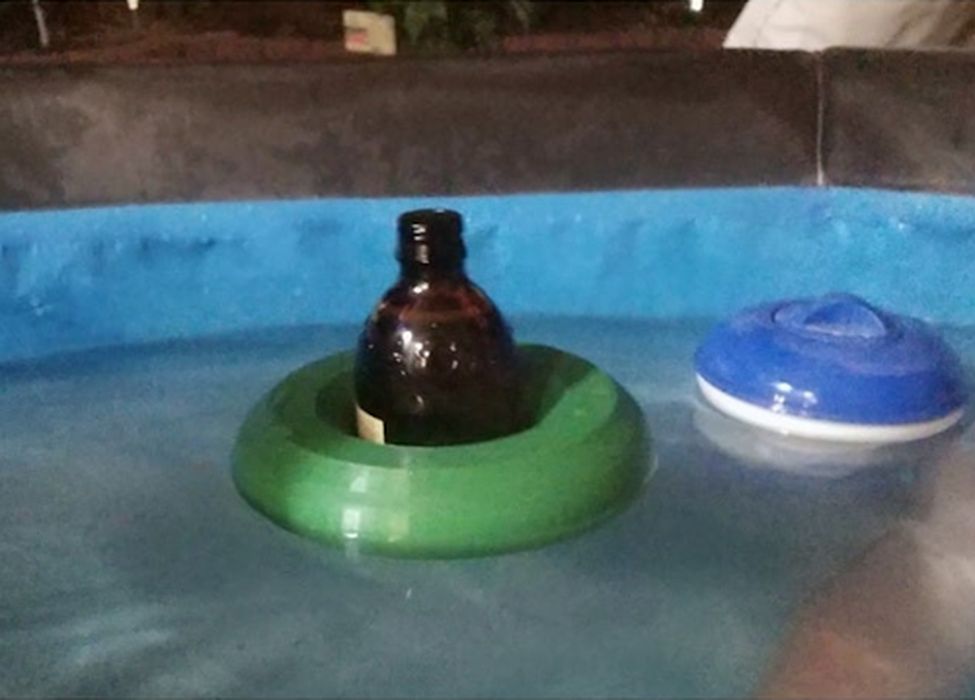
[Source: Pixabay]
Charles R. Goulding and Preeti Sulibhavi look at how the swimming pool experience can be improved with 3D printing.
Owning a pool isn’t always a pool party.
Any pool owner will tell you that pools require a lot of care and responsibility. One of the biggest issues with pools is their underuse.
With the record-breaking summer heat and high demand for outdoor spaces, pool owners are diving into an opportunity to rent their pool. In a manner similar to Airbnb, Swimply (the Airbnb for backyard pools) is allowing pool owners to open up their property to renters interested in a refreshing summer swim, without actually owning a pool themselves.
The liabilities and risks associated with swimming pools and private property have also been taken into consideration. To mitigate safety concerns such as drowning, 80% of pool owners choose to stay home while their pools are being rented.
3D Printed Pool Accessories
When lounging in a backyard pool it’s nice to have the right accessories. Some include inflatable loungers, Bluetooth pool speakers, floating snack and drink holders (so you don’t have to exit to enjoy your snack or beverage), floating canopy bed, pool volleyball set, and much, much more.

There are also backyard pool tools that are necessary such as skimmers, fencing and safety essentials (such as life vests and ring buoys), robotic pool vacuums, and solar blankets, just to name a few.
Many of these fun accessories and tools (or their parts) can be fabricated via 3D printing. Whether it is using ABS or TPU filament, 3D printing can be a resourceful way to create customized, safe and fun pool accessories and tools. In addition, a variety of thermoplastic materials used in 3D printing are now gathered from recycled substances, thereby helping be environmentally responsible as well. While there may be potential changes to the polymer materials during subsequent extrusions, it is overall a creative and feasible means for fabricating these items.

The Research & Development Tax Credit
The now permanent Research and Development (R&D) Tax Credit is available for companies and startups developing new or improved products, processes and/or software.
3D printing can help boost a company’s R&D Tax Credits. Wages for technical employees creating, testing and revising 3D printed prototypes can be included as a percentage of eligible time spent for the R&D Tax Credit. Similarly, when used as a method of improving a process, time spent integrating 3D printing hardware and software counts as an eligible activity. Lastly, when used for modeling and preproduction, the costs of filaments consumed during the development process may also be recovered.
Whether it is used for creating and testing prototypes or for final production, 3D printing is a great indicator that R&D Credit eligible activities are taking place. Companies implementing this technology at any point should consider taking advantage of R&D Tax Credits.
A Stroke of Good Luck…
Along with this new backyard pool Airbnb-style renting platform comes pool accessories to enhance the pool experience. It is a good opportunity for the 3D printing industry to make a splash and help fabricate many of these unique and creative accessories or their components.
